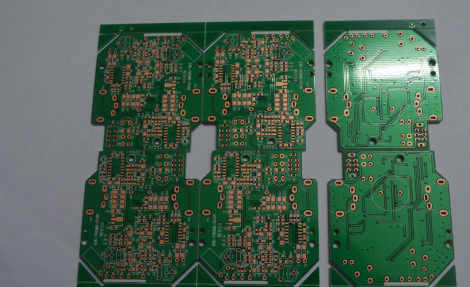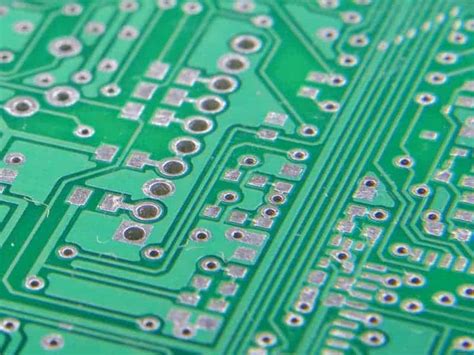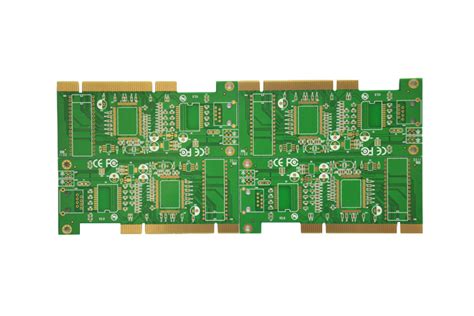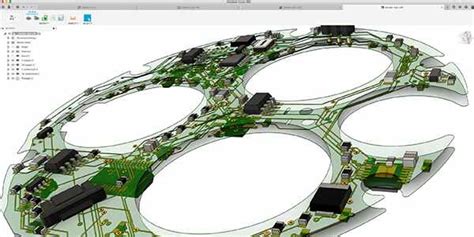In-depth discussion of low-volume PCB assembly
Introduction
In the design and manufacturing process of modern electronic products, PCB (printed circuit board) is a core component, and its assembly quality directly affects the performance and reliability of the product. With the diversification and personalization of market demand, low-volume PCB assembly has gradually become an important production mode. This article will explore the definition, process, advantages and challenges of low-volume PCB assembly, as well as future development trends.
1.Definition of low-volume PCB assembly
Low-volume PCB assembly usually refers to PCB assembly with a small number of single productions during the production process. Compared with mass production, the number of low-volume production is generally between a few pieces and a few hundred pieces. This production mode is suitable for scenarios such as prototype development, small batch products, customized products, and experimental products.
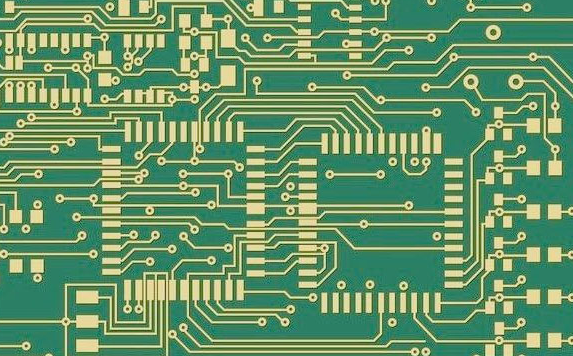
2.The process of low-volume PCB assembly
The process of low-volume PCB assembly usually includes the following steps:
2.1 Design and prototyping
Before PCB assembly, circuit design is required first. Designers use EDA (electronic design automation) tools to design circuit diagrams and PCB layouts. After the design is completed, a prototype board is usually made to verify the correctness of the design.
2.2 Material Procurement
Low-volume PCB assembly usually requires the procurement of materials according to specific design requirements, including PCB substrates, electronic components, solder, etc. Due to the small batch size, the flexibility and timeliness of material procurement are particularly important.
2.3 PCB Manufacturing
After the material preparation is completed, the PCB manufacturing stage is entered. This stage includes PCB exposure, etching, drilling, copper deposition, surface treatment and other processes. Low-volume PCBs usually use rapid manufacturing technology to shorten the production cycle.
2.4 Assembly
After the PCB is manufactured, the components are welded and assembled. Low-volume assembly can be done by manual welding, semi-automatic welding or fully automatic welding. Choose the appropriate welding method according to the complexity of the product and the production quantity.
2.5 Testing and Inspection
After assembly, the PCB needs to be functionally tested and quality inspected to ensure that it meets the design requirements. Testing can include electrical testing, functional testing and environmental testing.
2.6 Packaging and Delivery
Finally, the qualified PCBs will be packaged and delivered according to the customer’s requirements.
3.Advantages of low-volume PCB assembly
3.1 High flexibility
Low-volume PCB assembly can quickly respond to changes in market demand and adapt to the personalized needs of different customers. This flexibility allows companies to perform multiple iterations in the early stages of product development and quickly verify design solutions.
3.2 Cost control
Although the unit cost of low-volume production is higher, the overall total cost can be effectively controlled, especially in the product development stage. Companies can test market reactions and reduce risks without large investments.
3.3 Fast time to market
Low-volume PCB assembly can shorten the time from design to market for products. Rapid prototyping and small-batch production enable companies to launch new products faster and seize market opportunities.
3.4 Applicable to emerging markets
With the development of technology, many emerging markets have an increasing demand for small-volume, high-quality electronic products. Low-volume PCB assembly can meet the needs of these markets and help companies develop new businesses.
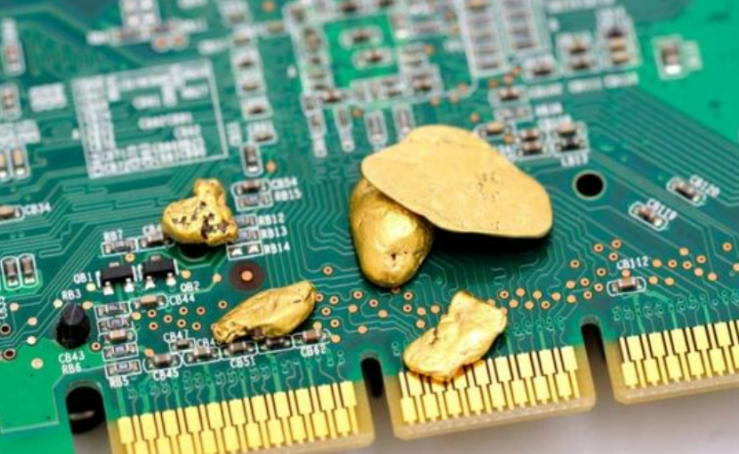
4.Challenges of Low-Volume PCB Assembly
4.1 Cost Issues
Although low-volume production has cost advantages in some aspects, the relatively high material and labor costs of a single product due to the small production quantity may lead to an increase in overall costs.
4.2 Quality Control
Maintaining high quality standards is a challenge in low-volume production. Due to the small production quantity, it may lead to instability in the production process, affecting the quality of the final product.
4.3 Production Efficiency
The production efficiency of low-volume production is generally lower than that of large-scale production. Due to the short production cycle of each order, the utilization rate of equipment may not be high.
4.4 Supply Chain Management
Low-volume production has high requirements for the supply chain and requires timely and flexible material supply. For small-volume orders, the supplier’s response speed and supply capacity directly affect the production schedule.
5.Future Development Trends
5.1 Automation and Intelligence
With the advancement of science and technology, automation and intelligence will become an important trend in low-volume PCB assembly. By introducing automated equipment and intelligent manufacturing systems, enterprises can improve production efficiency and quality control levels.
5.2 Application of 3D printing technology
The development of 3D printing technology has provided new possibilities for low-volume PCB assembly. Through 3D printing, complex PCB structures can be quickly produced, reducing production costs and time.
5.3 Augmented reality and virtual reality technology
In the process of PCB design and assembly, the application of augmented reality (AR) and virtual reality (VR) technology will improve design verification and production efficiency. Designers can conduct real-time testing and adjustments in a virtual environment.
5.4 Sustainable development
With the increase of environmental awareness, low-volume PCB assembly will also develop in the direction of sustainable development. Enterprises will pay more attention to the selection of materials, the environmental friendliness of the production process, and the recyclability of products.
Conclusion
Low-volume PCB assembly plays an increasingly important role in modern electronic manufacturing. Despite some challenges, its flexibility, rapid time to market, and ability to adapt to market needs make it an important means for enterprises to gain an advantage in competition. With the continuous advancement of technology, the future of low-volume PCB assembly will be brighter, providing support for the birth of more innovative products.

